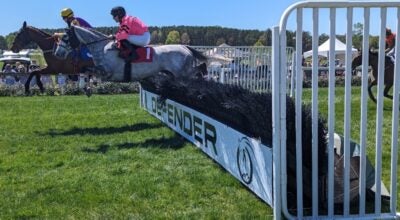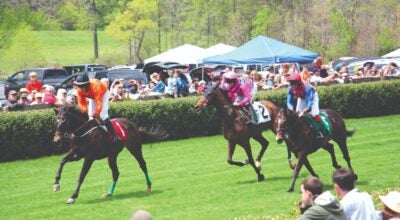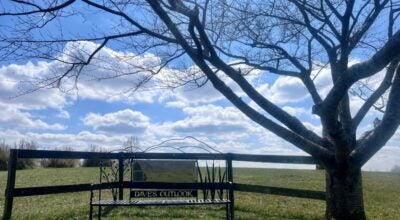Dressage show at FENCE
Published 2:27 pm Friday, April 24, 2009
The degree of difficulty increases from the Training (beginner) to Fourth Level, USA National levels to the FEI (Federal Equestrian International) levels, which are the same tests performed in every nation worldwide. Most tests are performed in a 20 x 60 meter ring (approximately 66&squo; x 198&squo;); a shorter ring is sometimes used. The tests have separate movements that flow together and each movement is scored from 0 to 10: 10 means excellent, 5 means sufficient and 0 means to movement was not performed. Excellence is achievable, perfection is not a consideration.
There are also four &dquo;general impression&dquo; scores given for each ride. The total points given are added and then divided by the total possible scores to give a percentage, thus 50% is considered &dquo;sufficient.&dquo; Not all horses are able to learn and perform all the movements of the Grand Prix (the highest FEI test) just as all jumping horses are not able to jump high enough to perform the jumping Grand Prix; and all riders do not wish to ride those higher tests.
Riding and watching a correct and expressive lower level test is more enjoyable than watching an incorrect higher level test.
The object of the training of a dressage horse is to develop a harmonious and fluid moving horse that performs from almost imperceptible signals from the rider. The horse&squo;s physique and mind develop as does his ability to perform so that he is confident, attentive, keen and supple.
A horse performing the discipline of dressage must have three free, elastic and regular gaits which are: a four-beat walk with no moment of suspension, a two-beat trot with a moment of suspension between each diagonal beat and a three-beat canter with a moment of suspension following the three beats.
It is the development of a happy horse and these three gaits that is of paramount importance in all the training. Additionally, the rider must learn to sit in the saddle in a unique balance and use their aids; weight, legs and hands to help their horse achieve these ends.
It is a long process for both the horse and rider and during this time a very special bond of trust and understanding develops between the horse and rider. After many horses become comfortable with their level of training a less experienced rider can learn from this trained horse (an interesting role reversal).
As you watch a competition, FENCE suggests that you read the test itself, not just the movements but a copy of the test that includes the &dquo;Directive Ideas&dquo; section which appears in the middle of the paper. This section gives a brief highlight of the important factors of each movement, as does the Purpose Statement at the top of the test. &bsp;
The mental aspects of dressage are important for horse, rider, trainer, judge and spectator. The dressage community hopes that you enjoy watching and learning about this discipline. &bsp;
Please come and watch at the annual Dressage at FENCE show on April 25-26, 2009. For more information please visit www.fence.org, call 828-859-9021, or e-mail admin@fence.org. If you would like an up close and personal experience of a Dressage show, by volunteering to help ‐ please call 828-859-9021.
‐ article submitted





